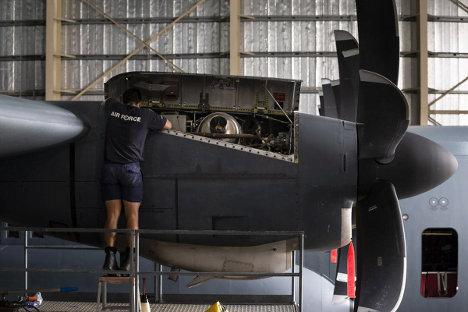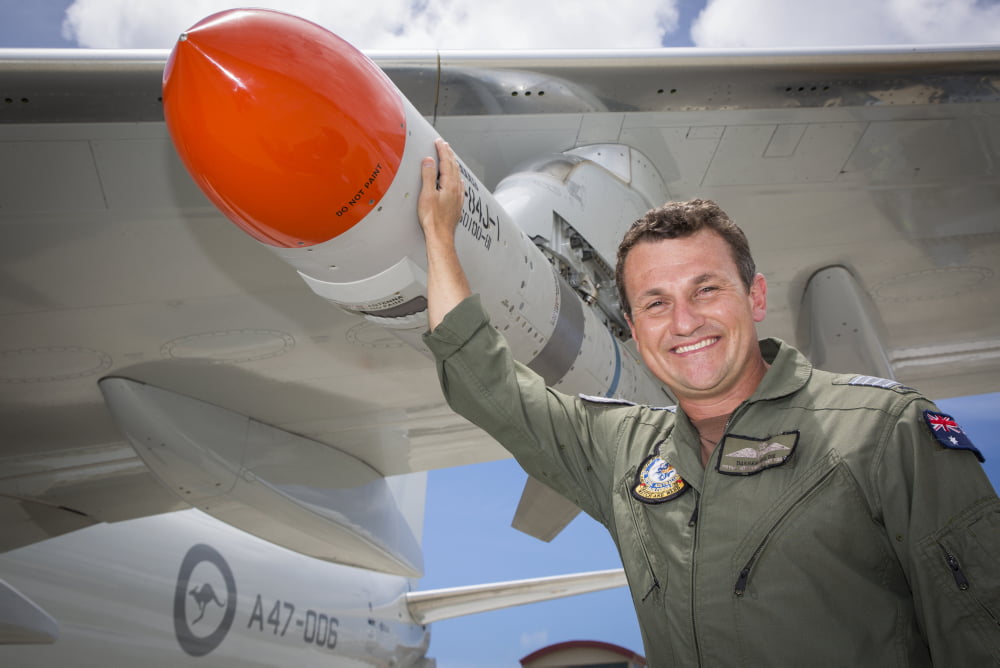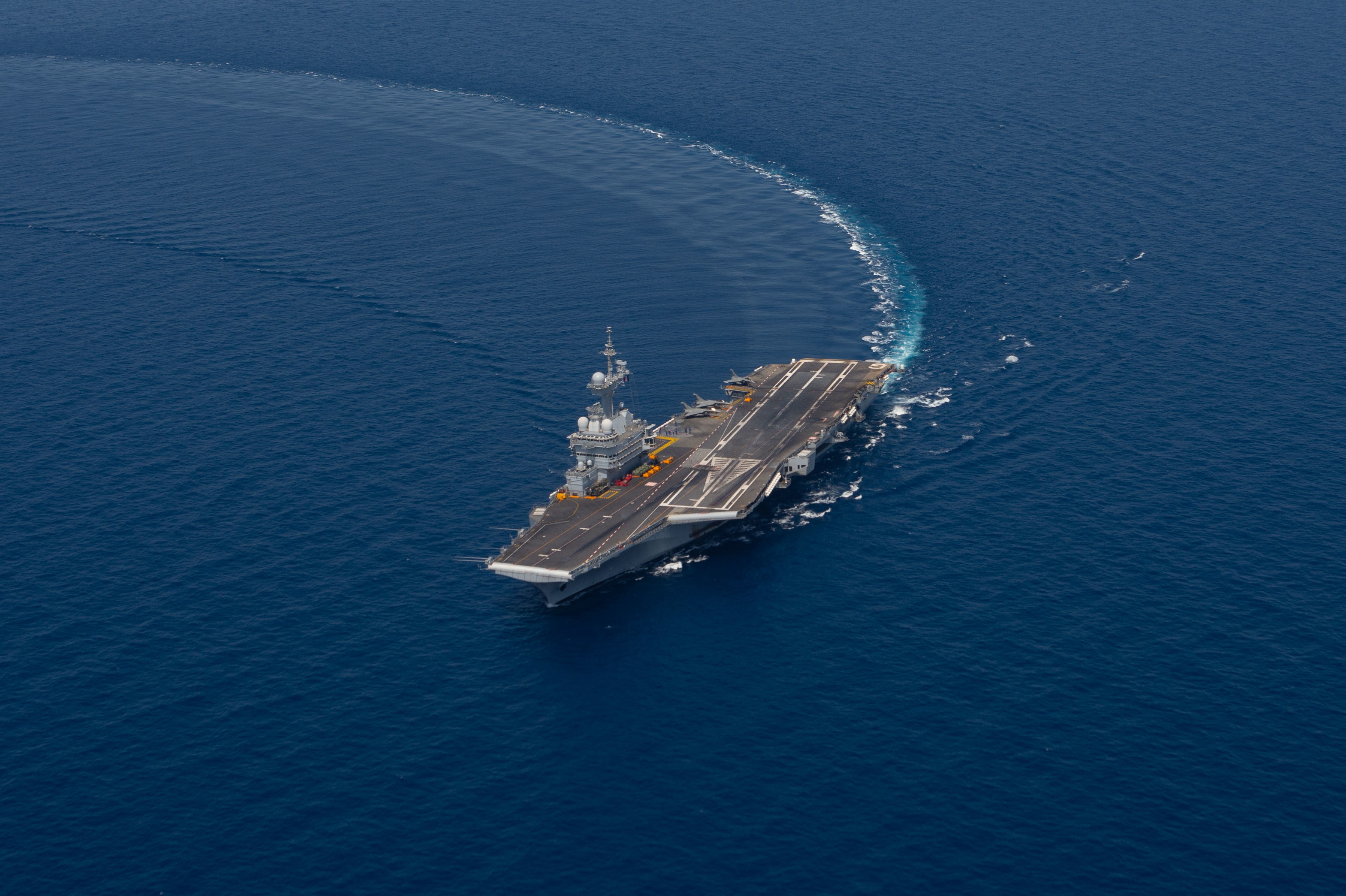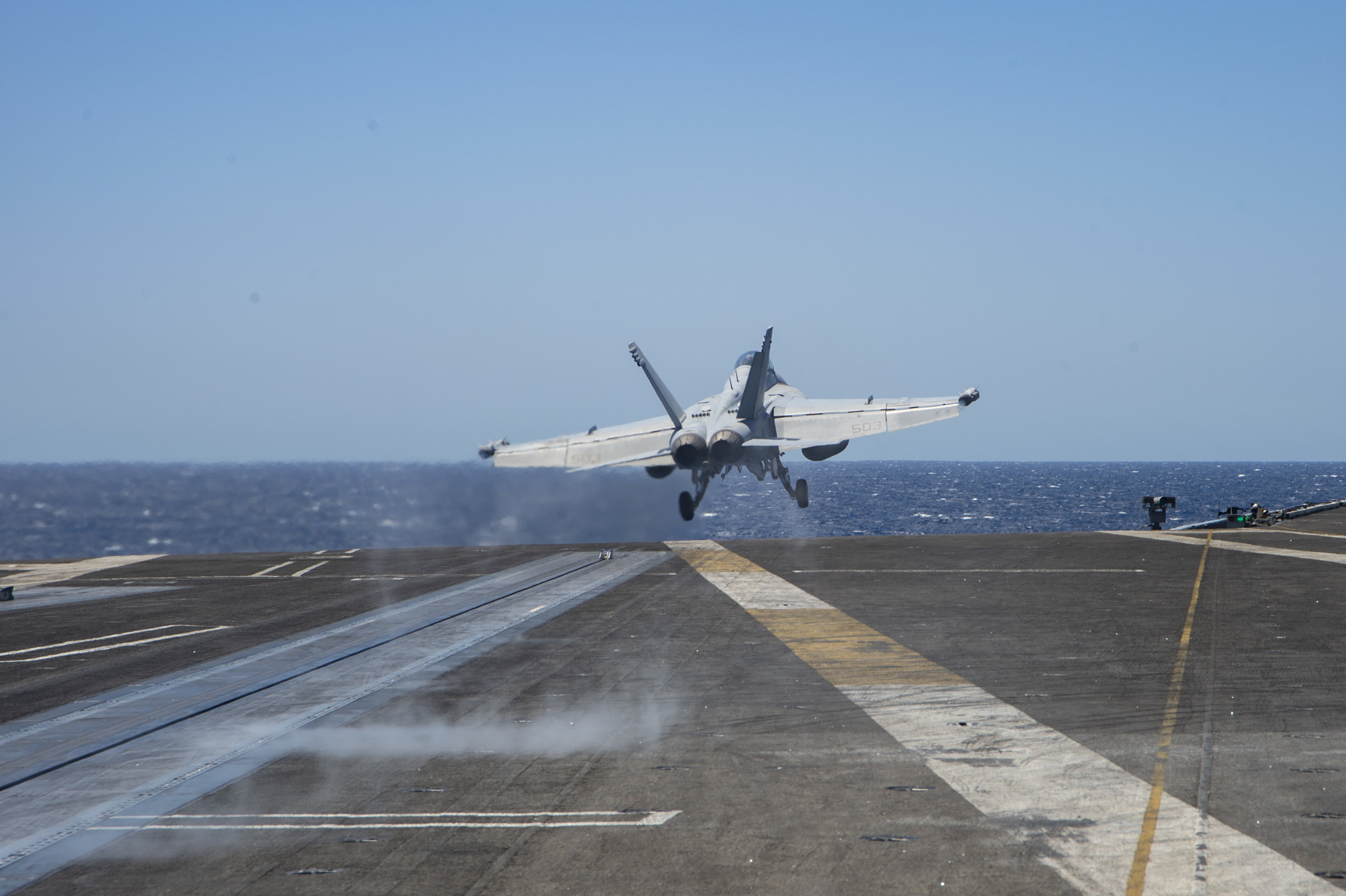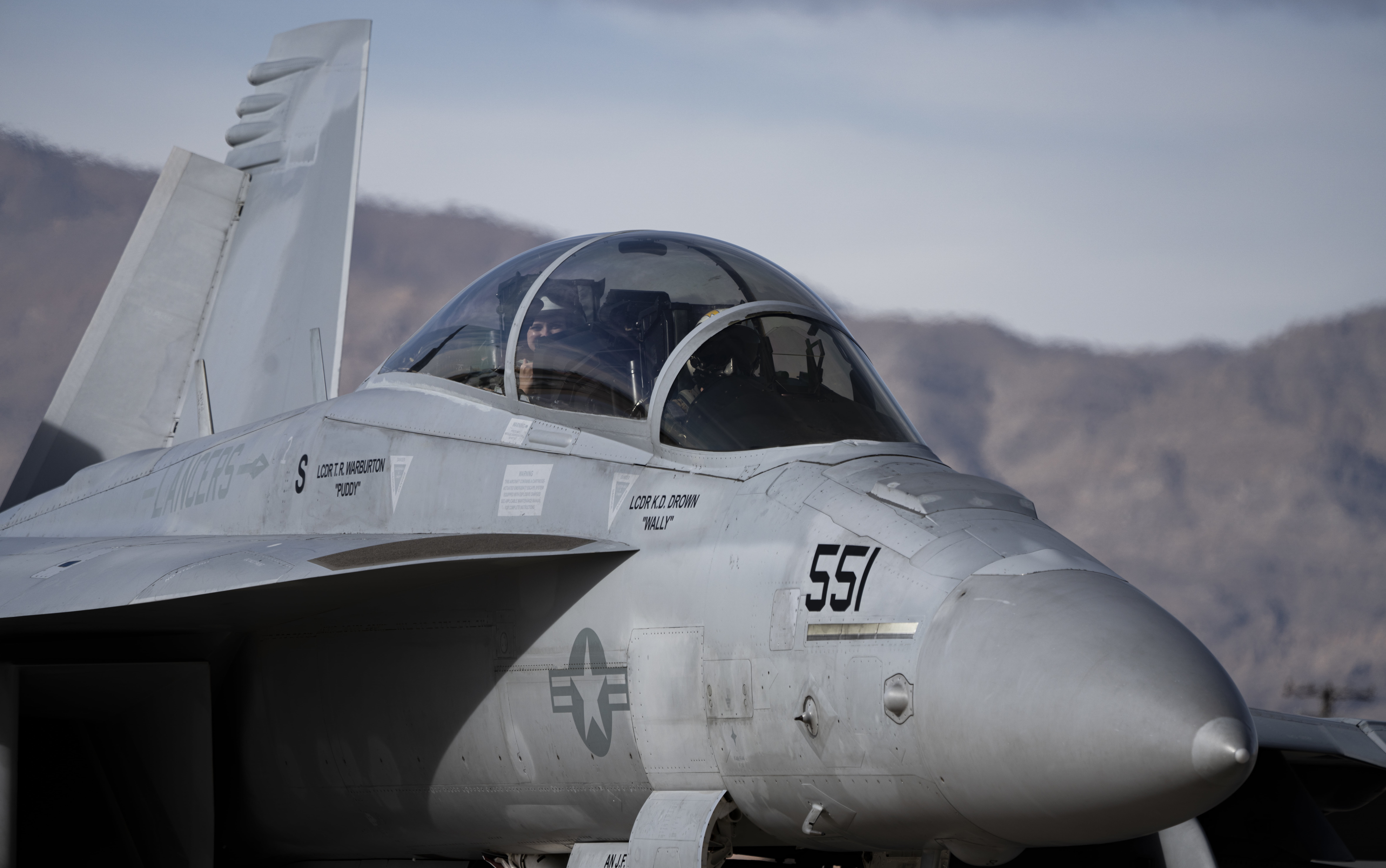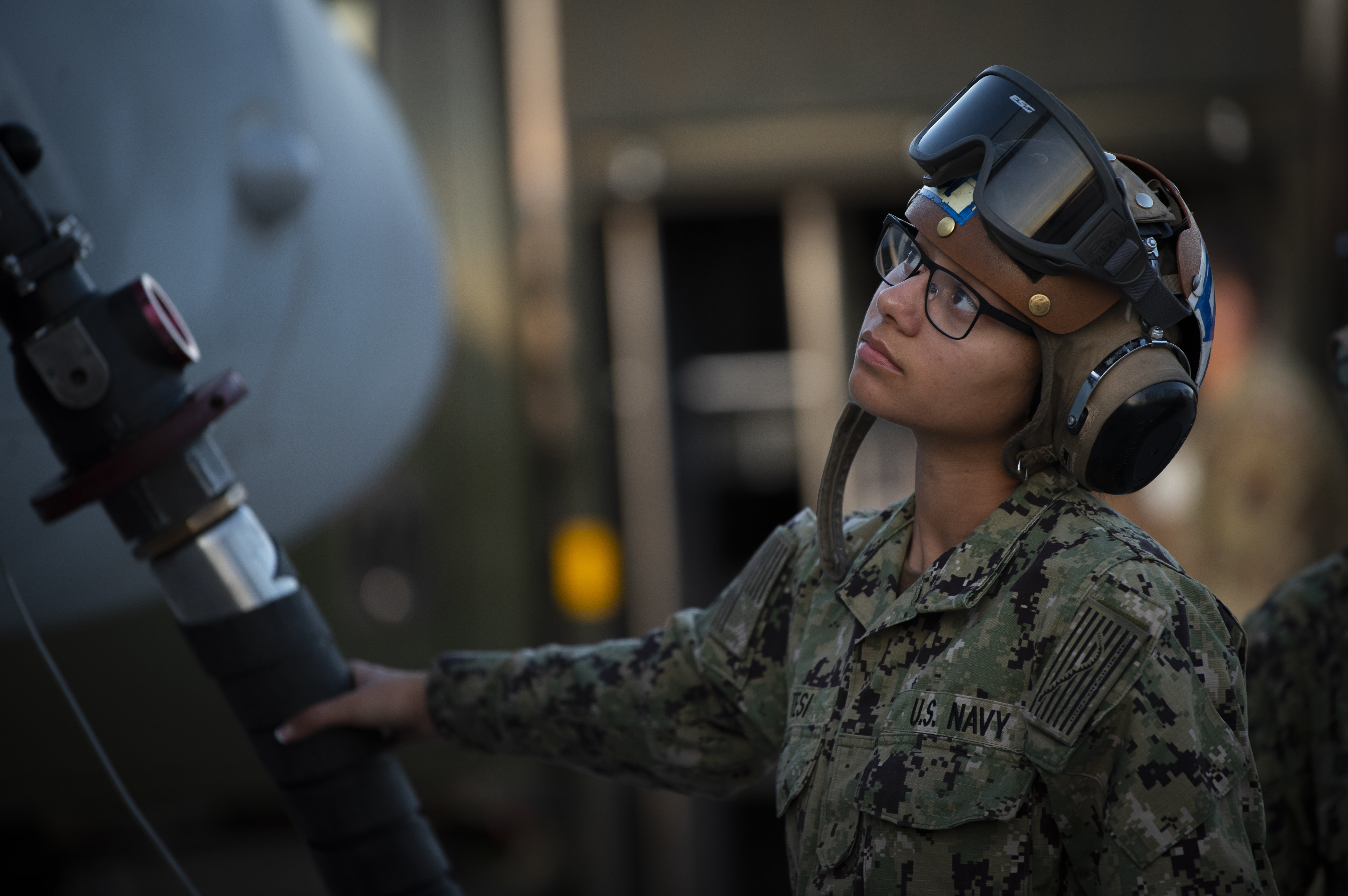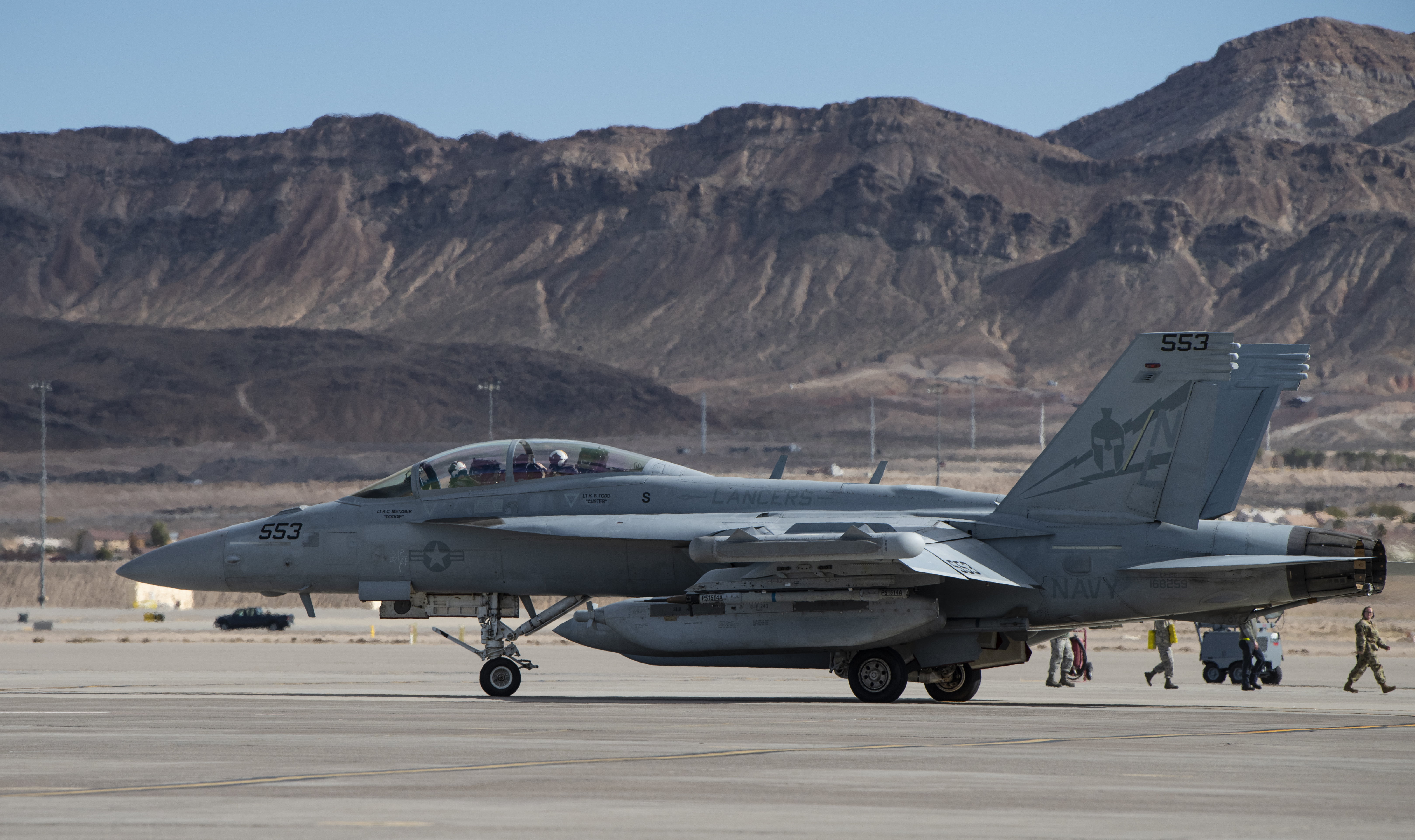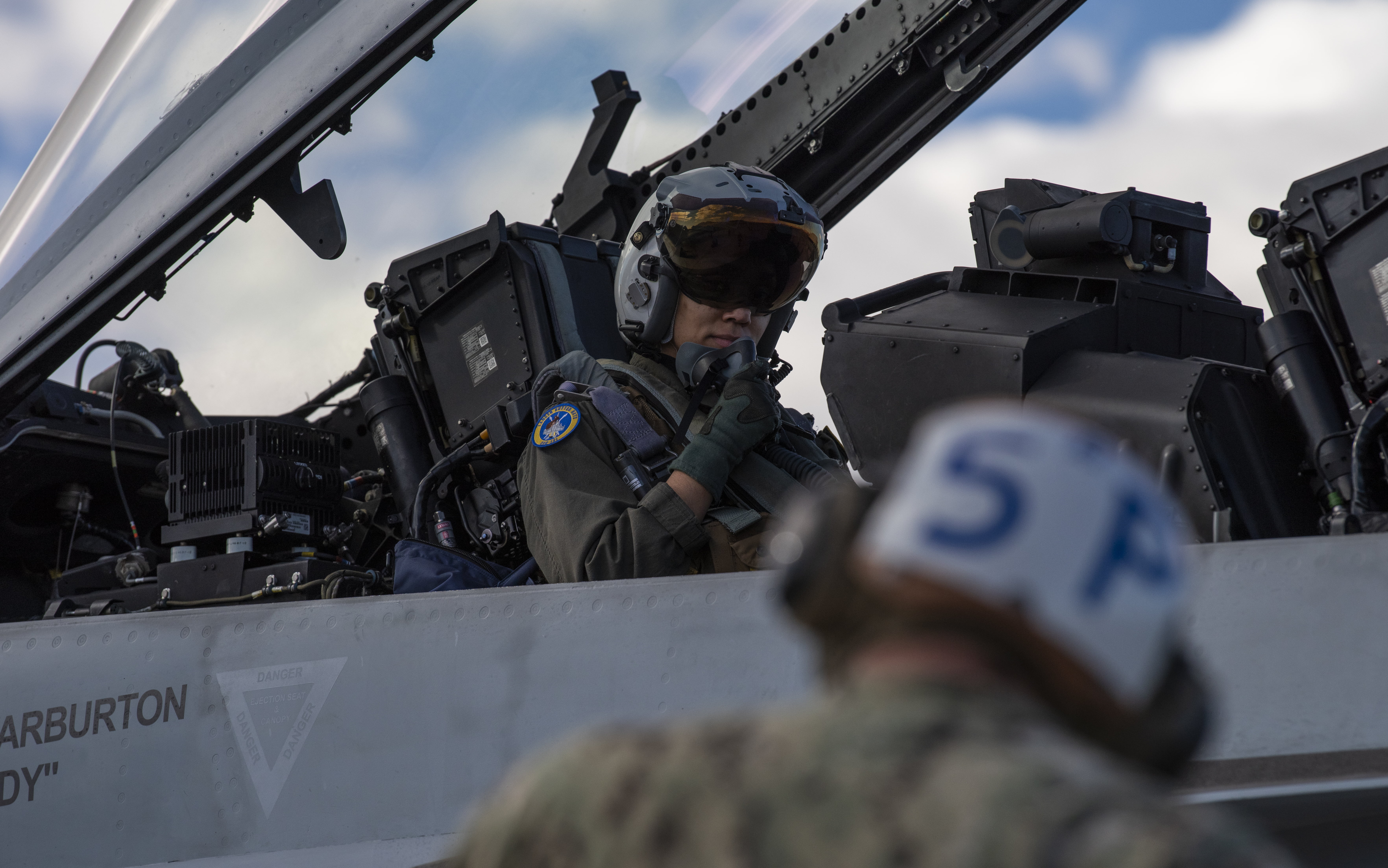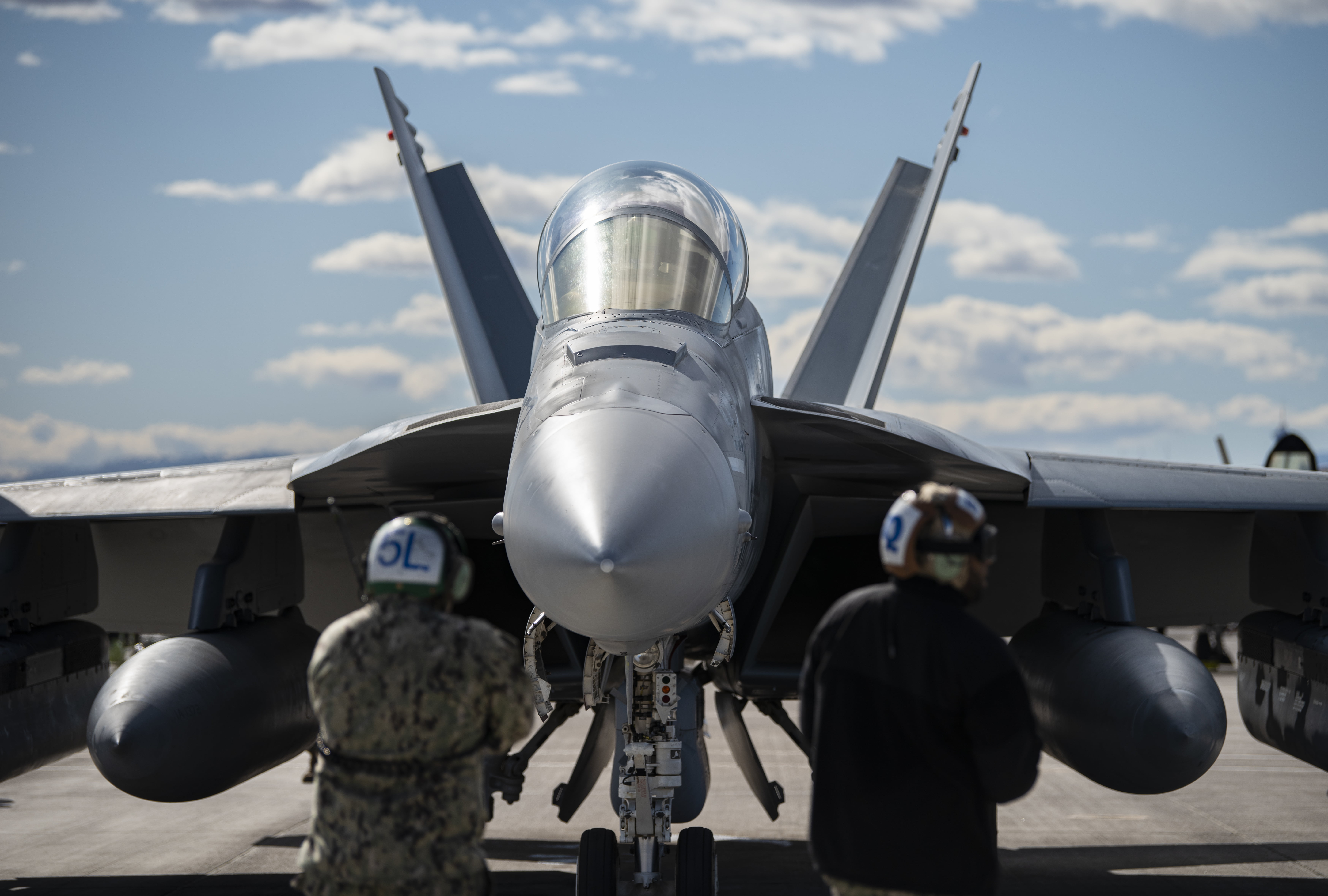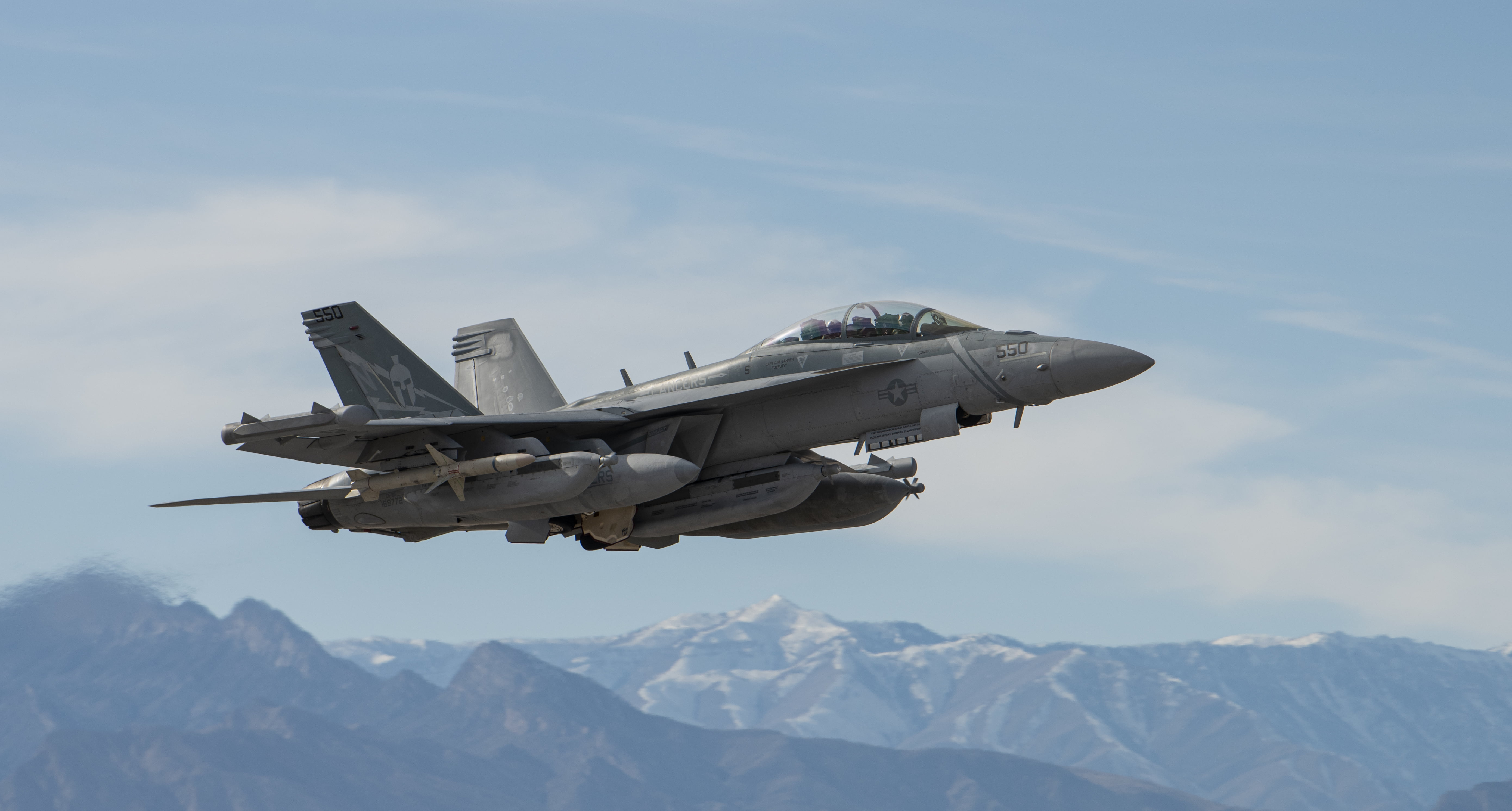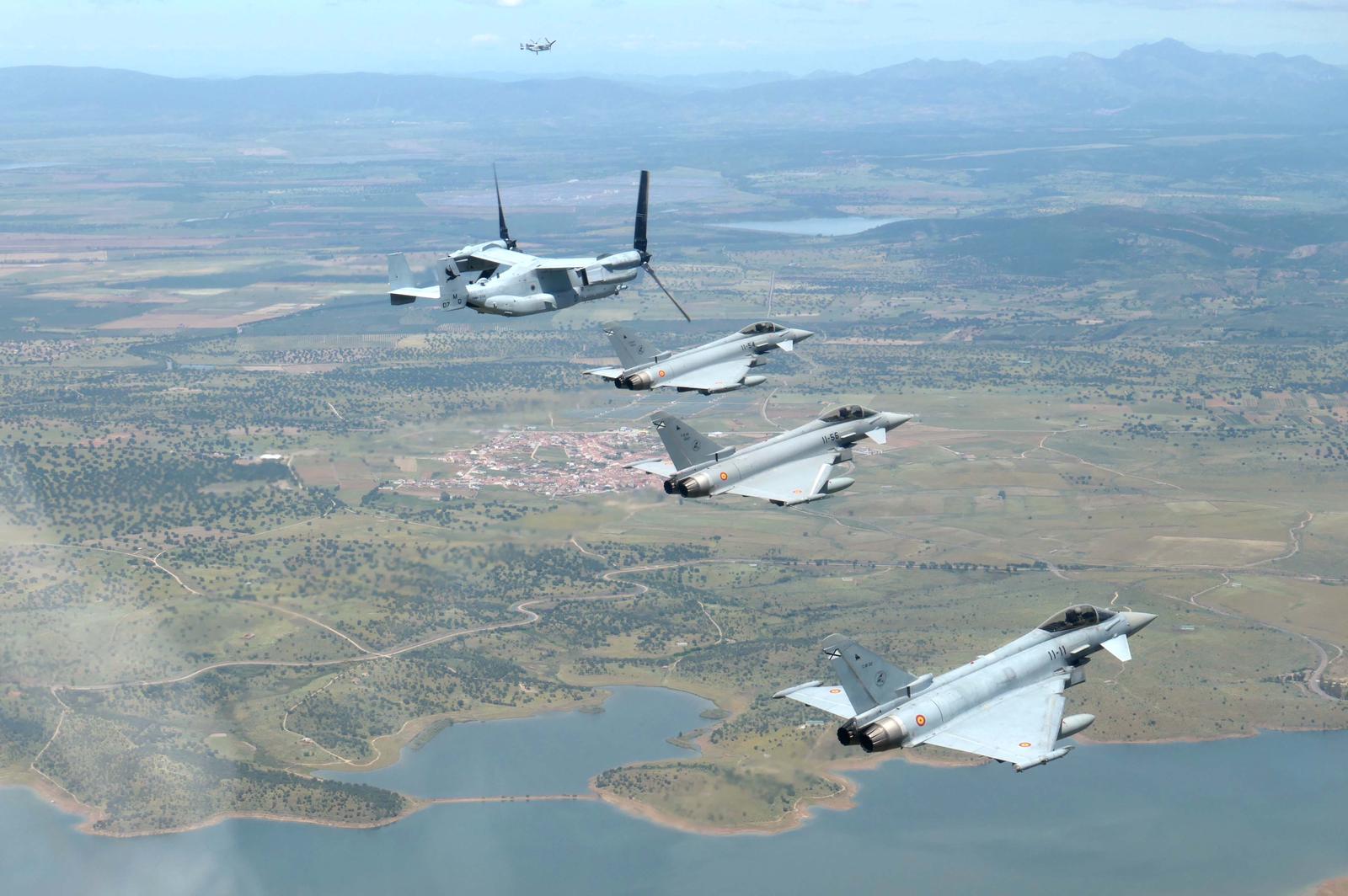By Kenneth Maxwell
Boris Johnson’s family has since 1951 owed the 500 acre West Nethercote Farm near the Exmoor village of Winsford in West Somerset. He spent much of his childhood there.
Winsford is quite close to where l live on my hill.
It is located further up the River Exe.
Boris learnt fox hunting at West Nethercote Farm. Winsford is very close to the village of Huish Champflower where my mother was head teacher at the village school between 1939 and 1945. I spent my very early years there after 1941 and was christened in the village church.
At Winsford the villagers are very protective of the Johnson family.
This is not surprising.
Communities are isolated here, rural, and long established, especially on Exmoor.
But at times they contain families that are surprisingly cosmopolitan like the Johnson’s.
Sir Raymond Carr lived and fox hunted in North Devon and West Somerset.
He was a distinguished historian of Spain. I once saw Raymond Carr proclaiming in his large voice to the ticket clerk that he was on his way to Bolivia at the TIverton Parkway railway station. l had met him previously in Rio de Janeiro on his way to Bolivia in 1967. He had just been appointed to be the first professor of Latin American history at Oxford. A friend who worked at the British Embassy in Rio had been his student at Oxford and invited me to a dinner to meet him. He never got to Bolivia that time as his plane or his manuscript was lost on the way and he returned to England instead. At least that was what we were told.
But Carr was (in)famous at Oxford for his party giving. He also drank famously and prodigiously. He was for many years the warden of St Antony’s College. He died in 2015 at the age of 96.
Like the Johnson family he was evidently bipolar in his living arrangements.
Boris also likes an adoring crowd.
At his first appearance in the House of Commons on Monday this week following his own near death encounter with the Covin-19 virus, Mr Johnson cut a very lonely figure facing a largely deserted and “virtually” enabled chamber with members channelling in their questions from their constituencies via large video screens.
There is nothing as unforgiving as a near empty House of Commons.
On the opposition benches facing him was Sir Keir Starmer recently elected to be the new leader of the Labour Party.
He subjected the prime minister to a calm and forensic interrogation of his plans to relax the coronavirus lockdown which he had just announced in broad outline the evening before in a prerecorded televised address to the nation where he announced that the slogan of “Stay at Home” would be dropped and replaced by “Be Alert”.
Sir Keir Starmer is a very skilled lawyer.
He is named after the first parliamentary leader of the Labour Party, Keir Hardy.
My grandfather knew Keir Hardy well in the days of the Independent Labour Party during the early 1920s and often hosted his visits to the West Country. Keir Starmer became a Queen’s Council (QC) in 2002 and was from 2008 to 2013 the Director of Public Prosecutions (DPP) and head of the Crown Prosecution Service (CPS).
He was knighted in 2014, and was elected as the MP in 2015 for Holborn and St. Pancras in London. Subsequently he served as the Labour Party’s Shadow Secretary of State for Exiting the European Union.
His experience showed as he questioned the prime minister. Bluster and tub thumping and arm gesticulating from Bo-Jo did not go far without a live audience to cheer him on.
He looked tired and deflated. It was evident even before he stood up to make his statement in the House of Commons that he had only succeeded the night before in thoroughly muddying the waters and he had created a divisive messaging muddle. Not surprisingly the insouciant leader of the House, the ineffable Jacob Rees Mogg, found the “virtual” Parliamentary proceeding without the “cut and thrust” of debate unsatisfactory, and said on Wednesday that the MPs should swiftly return to their old ways within “the next few weeks” and “set an example.”
The Speaker of the House of Commons, Sir Lindsay Hoyle, reprimanded Rees Mogg: “My priority and the priority of all, l’m sure, is to ensure that those on the estate are safe while business is facilitated…nothing in the Leaders’s announcement changes the position on social distancing in and around the Chamber…”
The truth is that Britain has the worst death rate in Europe from coronavirus.
The Conservative ministers say comparisons can be misleading.
They certainly can be. Russia’s statistics cannot be relied upon. Neither can Iran’s. And China initially covered up and obfuscated and has since launched an aggressive self defence of its response to the coronavirus pandemic. But then Boris Johnson’s communications director in Downing Street, Lee Cain, once dressed up as a chicken when he was a journalist working at the “Daily Mirror” in order to humiliate David Cameron and other conservative politicians for ducking questions in the run up to the 2010 general election. He then went on to head broadcast for the “vote leave” campaign.
Piers Morgan the irascible cohost of “Good Morning Britain” (GMB), the popular daily breakfast talk show on ITV, could not resist playing a clip of the Lee Cain dressed as a chicken when blasting the Health Secretary of State, Matt Hancock, for refusing to be interviewed on GMB despite accepting invitations from the BBC:
Piers Morgan said it was a “pathetic & cowardly response to THEIR shameful incompetence.”
Piers Morgan who is a former editor of the “Daily Mirror” has also fallen out with his former friend Donald Trump. In the US Morgan had hosted an interview program on CNN and in 2008 he won the seventh season of Trump’s “US Celebrity Apprentice” TV show. He interviewed Trump in Churchill’s war room under Whitehall during Trump’s state visit to Britain. But he had critiqued Trump’s response to the pandemic in the USA and Trump “de-twittered” him
Britain has the second worse rate of covid-19 deaths in the world after the United States, if one ignores how places like Communist China do their counting,
And that it has a raging covid-19 death rate in old people’s homes which could and should have been avoided if testing and protective equipment (PPE) had been available for care home staff and if Britain had initiated its lockdown sooner.
The National Health Service (NHS) which is at the front line of fighting the virus, and which had just saved Johnson’s life, was revealed to have been underfunded and underprepared. This despite a three day test run in October 2016, “Exercise Cygnus”, which had warned that the NHS could not cope with a pandemic. It’s conclusions were kept secret. And a 2019 review of biological preparedness was cancelled because of MPs concentration on BREXIT and preparations for the December general elections.
It is now obvious that despite the Covid-19 outbreak in China in December, its ravaging impact in northern Italy and in Spain, that Britain began its lockdown far too late.
From December 26, 2019, until January 8th, 2020, Mr Johnson and his girl friend, Carrie Symonds, were holidaying on the island of Mustique, once upon at time the late Princess Margaret’s favourite Caribbean bolt hole with her much younger boyfriend Roddy Llewelyn. On his return from Mustique (the financing of his holiday seems to have been arranged by a well healed Tory Party donor) Boris Johnson holed up at Chequers, the PM’s country house retreat, where he spent the entire parliamentary recess, evidently taking care of personal matters such as his divorce and potential remarriage and his and Carrie’s prospective new baby preparations.
He did not attend five consecutive meetings of Cobra, the government’s emergency management committee, between late January and February 2020. He was accused at the time of being a “part time prime minster” who according to one civil servant did not like to work at weekends.
The first notice of a previously unknown virus in Wuhan in eastern China was received in the World Health Organization’s (WHO) China office on December 31st 2019.
By March 19, 2020, deaths in Italy had surpassed those in China. On 23rd March Boris Johnson ordered the lockdown in Britain.
Meanwhile in the United States in late January and February care homes in Kirkland in the eastern suburbs of Seattle were becoming the epicentre of a corona virus outbreak. On March 19th 2020, 129 cases of Covin-19 had been registered, and had killed 81 residents, 34 staff and 14 visitors.
There was no excuse not to have known and much less not to have acted.
Mr Johnson’s televised address to the nation (actually to the four nations that compose the UK, that is England, Scotland, Wales and Northen Ireland) had added to the confusion.
Even before he stood up to speak it was by then clear that neither Scotland, nor Wales, nor Northern Ireland, would follow his new mandate.
They all chose to stick with the “stay at home” message, and they all thought the easing of the “stay at home” message was premature and risked provokIng a second and more deadly spike in corvid-19 infections such as had occurred in 1918 flue pandemic. As the heads of the governments of devolved administrations they had the legal authority to do so.
And to add insult to injury they had learned of Mr Johnson’s policy changes from the daily newspapers.
The Scottish nationalists, under first minister, Nicola Sturgeon, were only to glad to be seen as putting Scotland‘s interest first. She has said categorically that the “stay at home” advice still holds.
The Welsh government headed by Mark Drakeford and which is controlled by Labour said that “our advice has not changed. You should stay at home. Coronavirus has not gone away. You should stay local and stay safe.”
The Northern Ireland executive’s first minister Arlene Foster of the DUP which had previously exercised disproportionate power at Westminster during the hung Parliament where the DUP’s 10 votes sustained the Tory Party in power, had been royally shafted by Boris Johnson after his victory in the general election, has also declined to change its advice and is supported by the Sinn Fein’s deputy first minister in the restored northern Ireland power sharing administration. Sinn Fein also gained seats in the recent elections across the border in the Irish Republic and exercises much more influence in Dublin than it did before. “
Brexit” Boris was facing a very disunited United Kingdom.
And not everyone was happy in England.
Manchester has seen a large number of deaths from covid-19, and the mayor, the former Labour cabinet minister of health, Andy Burnham, has called on the prime minister to publish localized “R” numbers amid concerns that dropping the “stay at home” message this weekend came too soon for the North West.
And in South West England Boris Johnson’s relaxation of travel restrictions was received with dismay.
The area has the lowest rate of covid -19 deaths in England, but it is a holiday destination for thousands of tourists from other parts of the country and there a many “second” homes in Devon and Cornwall.
It is also an area almost entirely “ blue” that is all the MPs are conservatives with the exception of one labour MP in Exeter and one in Plymouth. Selaine Saxbe the MP for North Devon said that the use of second homes and mini-breaks was “unacceptable.”
And the leader of the Devon County Council, the Conservative councillor, John Hart, despite the economic cost to the area has long urged that holiday makers “stay away and come back later.”
During the 1918 flue pandemic in those cities where restrictions were lifted early all saw a second and much more deadly wave of infections and deaths take place.
Where restrictions remained in place the second wave was much less devastating.
Without testing and tracing, something the British have been woefully behind on compared to Germany and South Korea, and with no restrictions on entry into the country imposed (though now apparently they are being contemplated for some time in the future) in stark contrast to New Zealand and Australia,
Boris was both too late and now he is acting too soon.
And as of Wednesday this week he has banished the graphs showing Britain’s place in the league tables of international infections and of deaths.
As if hiding the graphs will hide a potential and unfolding catastrophe.
Featured Photo: In Parliament, rhe prime minister was urged to treat the cost of the pandemic like “wartime debt” to be paid off over decades. EPA
Source: The London Times


